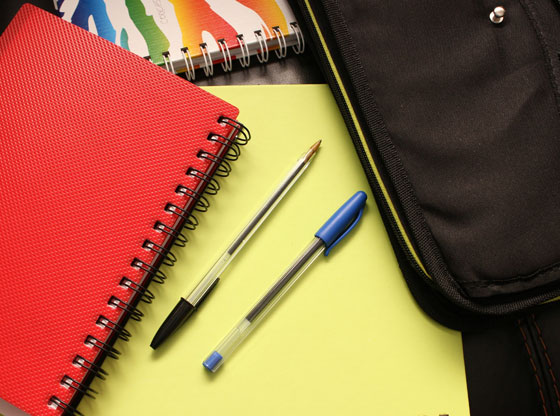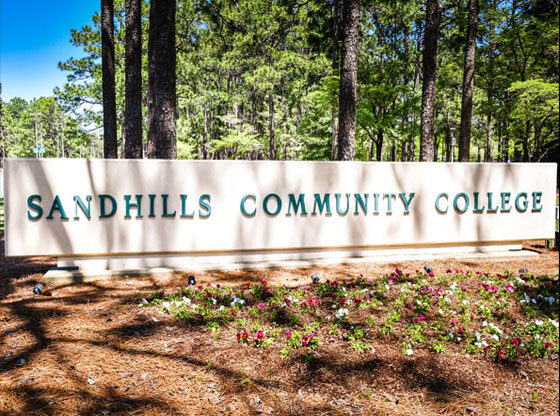The back-to-school shopping season is officially here. According to the National Retail Federation (NRF), total spending this year is projected to reach a whopping $80.7 billion.
Families with children in K-12 plan to spend an average $696.7, up from $684.79 last year. While college students are expected to spend an average $976.78, up from last year’s $942.17 and tops the previous record of $969.88 set in 2017.
With the start date for traditional schools around the corner, parents are now left with just a few weeks to complete their shopping. Better Business Bureau serving Eastern North Carolina (BBB) has some helpful tips for parents looking to maximize savings this year.
“Whether you are the parent of a elementary school or college-aged student, the cost of sending your child back for the start of the academic year can be very expensive,” said Mallory Wojciechowski, president and CEO of Better Business Bureau serving Eastern NC. “If possible, try to get a head start on your shopping in order to avoid the crowds and find the best deals around.
In 2018, BBB received over 40,000 complaints nationwide against online shopping and retail stores. It is important that parents do their homework ahead of time to ensure their money is going to a trustworthy business and they are getting the most for their money.
BBB offers the following tips to parents who are back-to-school shopping:
Create a budget. A budget will help shape your shopping list and limit purchases to only items you need. This will allow you to put money towards larger items or a special purchase.
Create a shopping list. Even if you don’t have a school supply list yet, you can still purchase other items early, like school clothing and in-class school essentials such as pens, notebooks and backpacks. Make a list for each child, and start by “shopping at home” for items you may have left over from last year.
Research major purchases. When shopping for laptops, calculators, dorm refrigerators, and other large purchases, do your homework. Be sure to check bbb.org for information on all of the companies you plan on buying from. Ask for student discounts. Many retailers offer discounts to students and teachers with a valid school ID or .edu email address and some of these savings can be quite substantial.
Don’t miss out on sales. Sign-up for email alerts and download shopping apps for your favorite stores. There are a number of apps that help you find coupons and discounts. Check out stores and apps on BBB before you shop to learn more about previous customers’ experiences.
Shop safely online. When shopping from an online website, the first step is to make sure the URL starts with “https” and includes a lock symbol. The “s” in “https” stands for secure, that way you know your information is being protected. Also be sure to look up the website’s privacy policy and contact information. If it is not clearly listed, or they only have an email as the point of contact, take that as a big red flag and think about shopping elsewhere.
Buy in bulk. Some schools ask parents to buy items that will be used by the entire class (tissues, hand sanitizer, etc.). Get together with other parents to shop in bulk. Parents of college students can also buy in bulk for snacks, toiletries and other items for future “care packages.”
Save your receipts. You’ll need them if you want to make an exchange or return an item. Remember some items are non-refundable or have a limited return period. Consider creating a free email account just for e-receipts; that way you can keep them all in one place and easily search when you need one.
For more information you can trust, visit bbb.org.


















